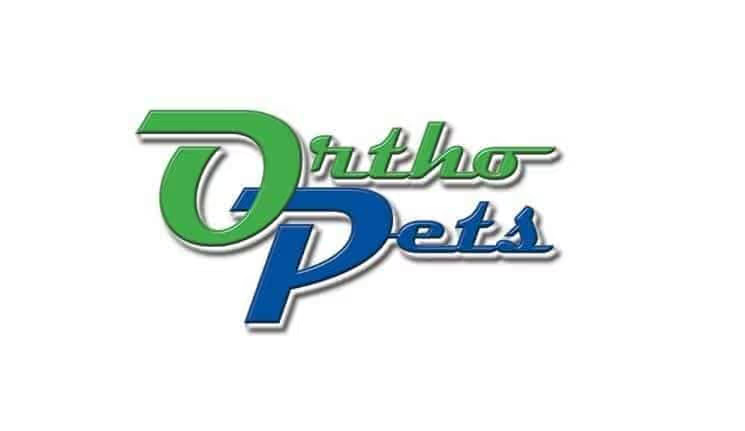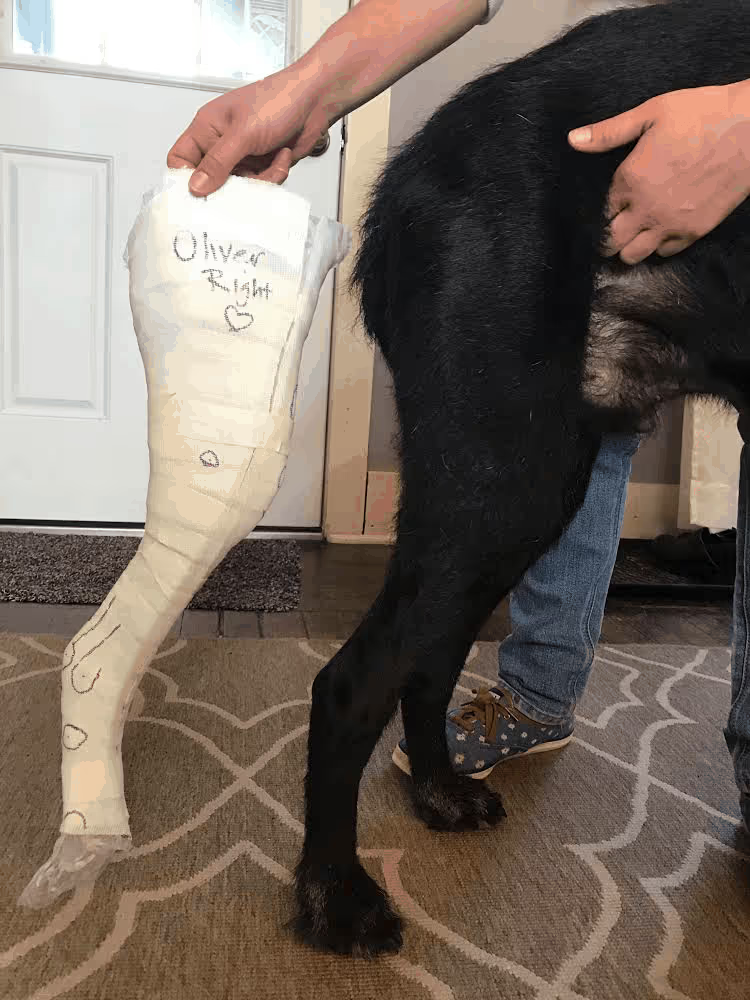Rehab and OrthoPets Stifle Brace


We had a great question this week from a vet that wanted to know a little bit more about rehabbing a patient with an OrthoPets Stifle Device. Here are a few important tips!! Please use the packet of information included with the device to be certain the client is donning the device properly. Don't hesitate to contact your patient's individual case manager at OrthoPets if you have any questions on fitting. Client, patient, family DVM, and rehab team service and support is a critical part of the OrthoPets process. Follow the enclosed wearing and break in schedule carefully. The fit and function should be rechecked by your patient's family DVM within 2 weeks of initial function.As far as rehab goes with the stifle orthosis this is what we do in the Denver OrthoPets clinic:1. Basic rehab rules: pain control, weight bearing, function, then strengthening2. Goals:
- Gait re-education in the device (easy to cheat just like people do and learn an improper gait): proper line of progression for limb, clearing obstacles, use of limb at any gait, etc
- Transitions: learn proper way to sit, lay down and the opposite
- Joint range of motion in and out of the orthosis. This is same as for surgical case except in the device ROM is limited to 90 degrees flexion stifle and if tarsal cuff is needed 90 degrees for tarsus too. These are restricted ranges but are within a functional range and is the trade off for using external coaptation for managing the injury.
- Flexibility (same as for surgical case)
- Balance, proprioception, agility (same techniques as for surgical case)
- Strengthening (again same :) )
3. Difference between orthosis and post op rehab: it goes faster in an orthosis if there are no issues with the meniscus It is important to follow meniscus integrity carefully. If a dog is not improving with your rehab and the use of recommended protocols within 2-4 weeks you have to suspect a meniscal tear. In this case a partial medial menisectomy needs to be done by miniarthrotomy or arthroscopy. Our colleagues in human PT are very familiar with this process, but we veterinarians and technicians are just learning about doing partial menisectomy without surgical stabilization for the ACL. If done by miniarthrotomy the patient needs to be out of the device until suture removal. With arthroscopy can go right back into the device.4. Difference in patient types: your young Mastiff and your geriatric Shepherd are likely to rehab at different paces. That is not different from surgery case. Your Shepherd may be highly angulated (as many purebreds are) compared to the Mastiff so there will be differences in limb biomechanics to consider. Your Mastiff may gain muscle much faster than the shepherd based on breed and age.5. All weight bearing rehab should be done in the orthosis. This is because it aligns the tibia beneath the femur and thus biomechanics of the stifle are appropriate for weight bearing exercise and strengthening. I strongly suggest using it in the UWTM too, even though there is some buoyancy it is still weight bearing.OrthoPets clinic is open Monday-Friday 9 AM to 5 PM MST. 303 953 2545 ext 3





